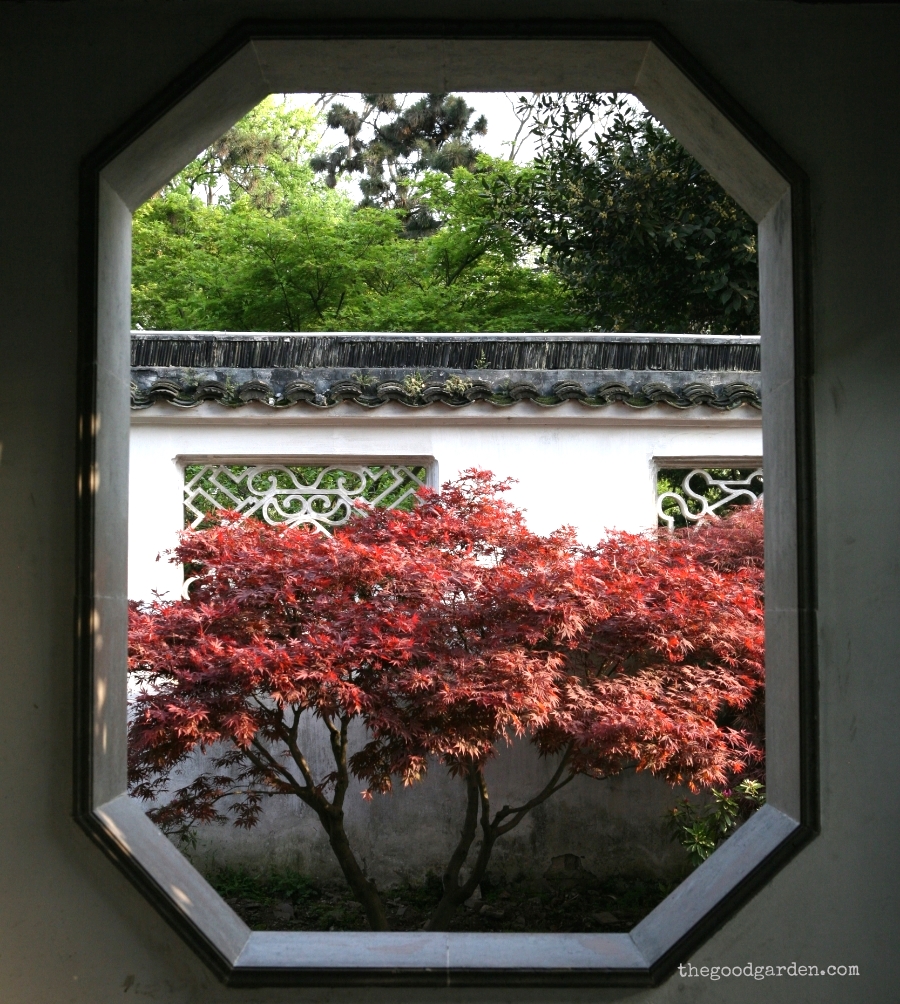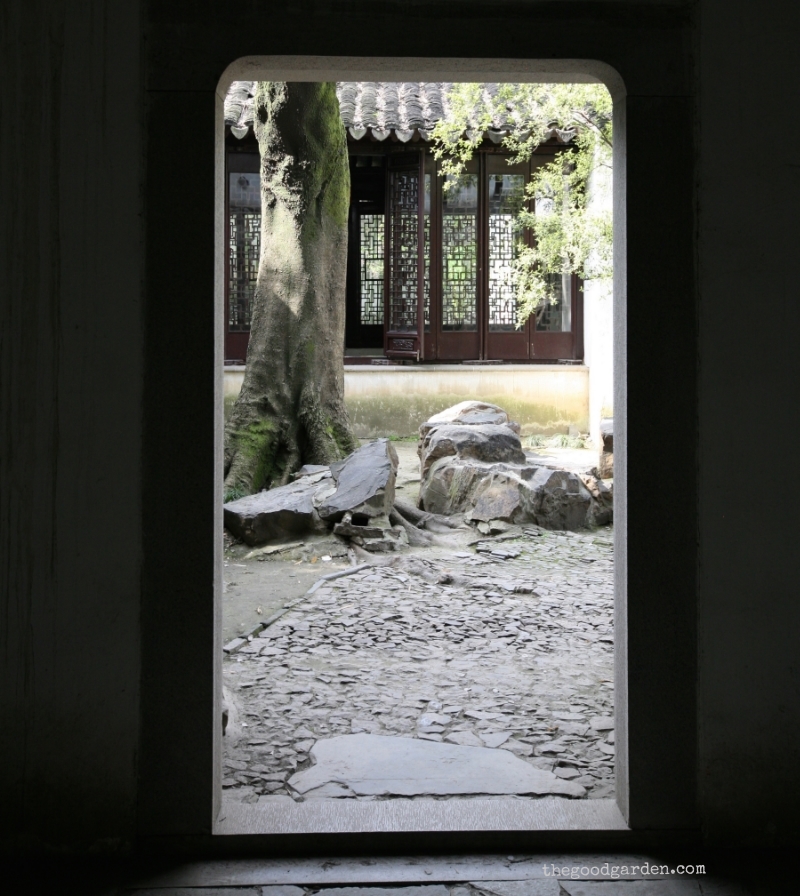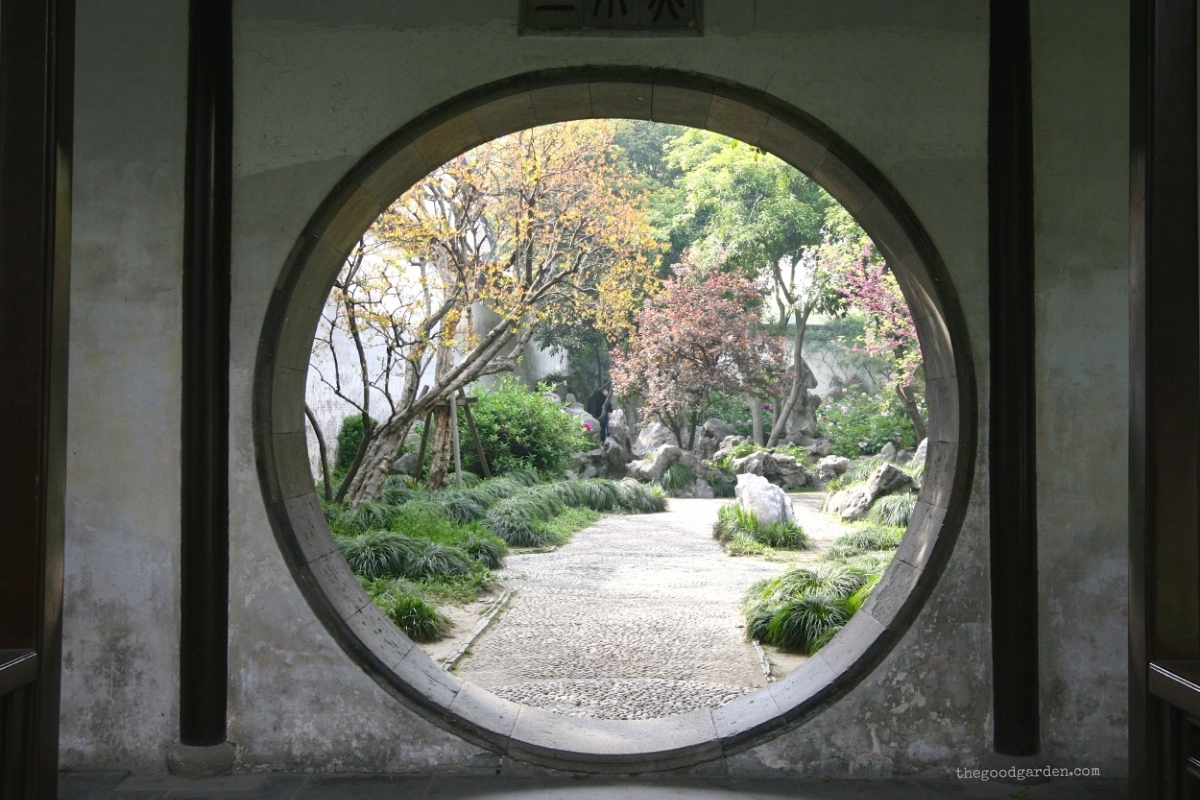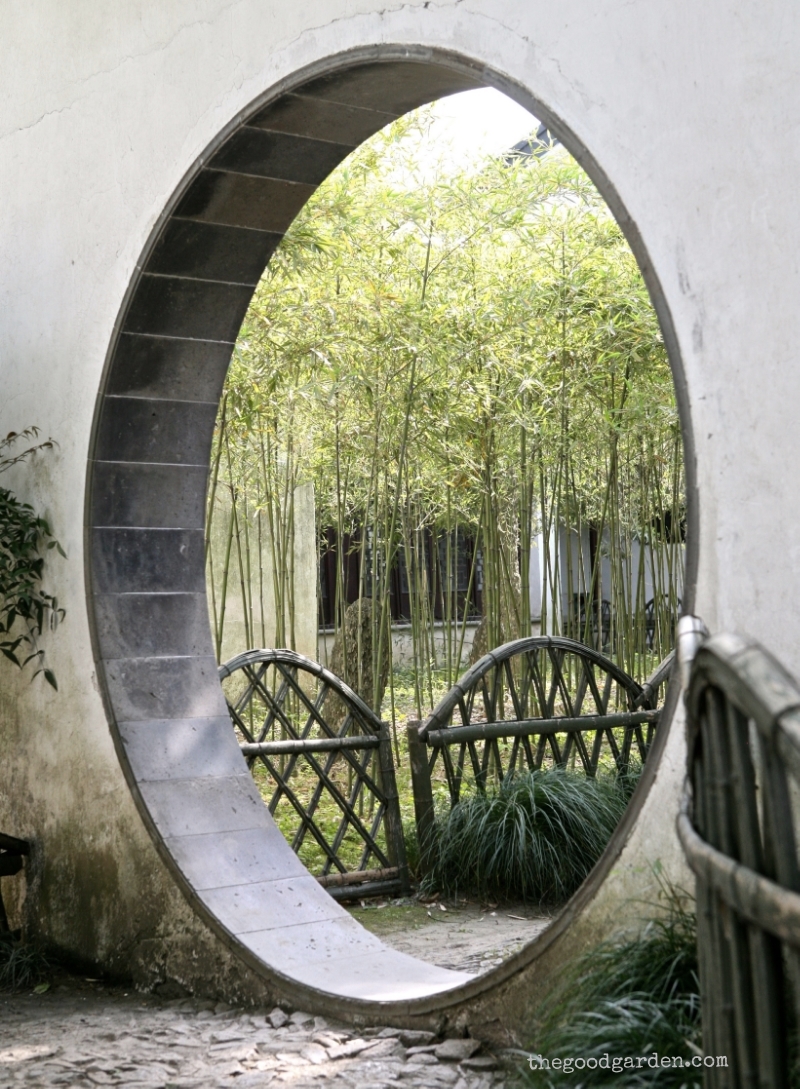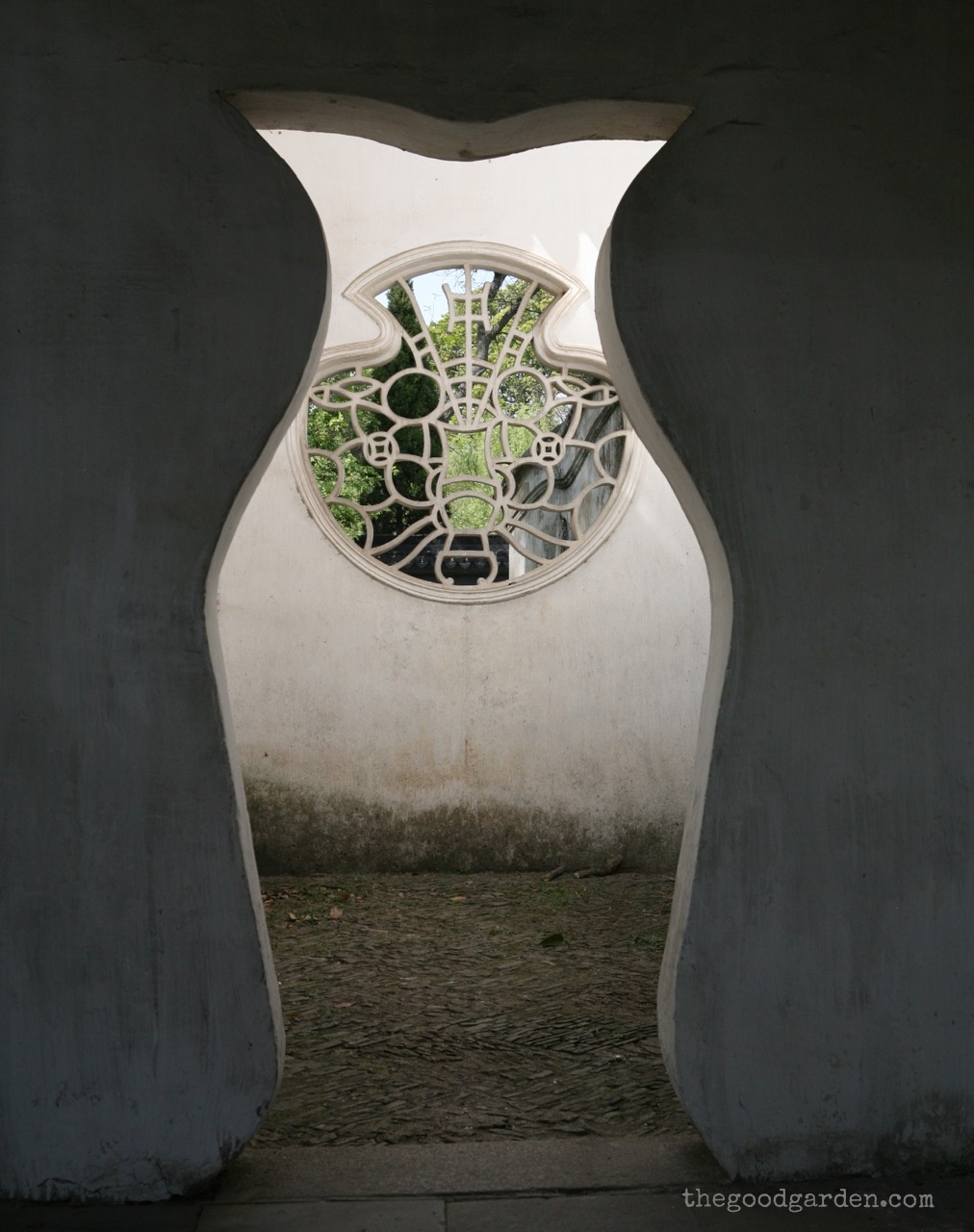Nobody does garden doors quite like these Chinese scholars. They use them to frame compositions of plants, mark the separation between sections, and guide us through the landscape. Their shape, width, and construction have been refined over millennia based on....
Read MoreChina doorways
Doorways into the Chinese Garden
I love going back to some of the original books about gardens. One of the great ones, The Craft of Gardens by Ji Cheng, from about 1630, provides detailed tips on how to create a garden in the Chinese tradition, and includes a very detailed section on appropriate doorway shapes, material, sizes, and depth.
Cheng was trained as a painter and came to garden design in his middle age. He explains in his preface that he became known for designing gardens that incorporated mountains, lakes, and structures; that “collected together in [a] small space all the famous [natural] sights.” In his spare hours, he collected his observations and turned them into a book.
His audience was the emerging wealthy merchant class of the time. Alison Hardie’s translation of Ji Cheng’s work is an excellent addition to anyone’s garden book library. In her preface she summarizes Cheng’s approach, explaining that he, “emphasizes the importance of basing the garden design on existing nature and features… and uses poetic descriptions to build up an atmosphere which will inspire the would-be designer to create a garden that can express … emotions”.
The Craft of Gardens is organized around 4 themes: Situation, Layout, Buildings, and Scenic Features.
Within the 'Building' section, Cheng shares advice on doorways as an important element in any garden. They invite exploration and movement through the garden. As an opening in a wall, they provide a peek into what’s on the other side while reinforcing the shelter of a garden wall. Cheng wrote, “Not only can a doorway give a new look to a house, it can make a garden look more elegant too … thoughts can be aroused by a sudden vista, and inner feelings can be better expressed.” Given the distinct similarities between the doorway photos above, from The Surging Wave garden, and the ones in his book, one can only guess that the garden provided a source of inspiration. The doorways featured above include "Turned-in corners", the "Gourd", "Han dynasty vase 3", and the "Moon".
Surging Waves inspire a legacy
Six thousand miles east of Hadrian’s Villa and about 900 years later, in Suzhou, China, we enter the Surging Wave Pavilion garden by crossing a canal and passing through a main gatehouse. Immediately the din of the outside world disappears. This garden, built in 1044 CE by the retired government official Sun Shunqing, is a great example of one of the oldest garden making traditions.
Corridors and courtyards lead the visitor through smaller gardens and garden rooms. Doorways of various shapes and lattice windows suggest mystery and invite one to go deeper into the garden.
The garden itself idealizes nature, featuring mountains, water, and bamboo groves in relatively small vignettes. At the end of a series of gardens, one comes to a naturalistic hill that rises at the center of the garden. In contrast to the geometric layout of Hadrian’s Villa, Surging Waves is intimate, embracing organic shapes and asymmetry. The result is harmonious.
It is interesting to note that this garden was built when Europe was deeply in the middle ages, and over 200 years before Marco Polo’s visit to Suzhou in 1276.
Learn more about Suzhou gardens in Ron Henderson’s book The Gardens of Suzhou.


